 Shutterstock
Shutterstock
Feeding your dog the right amount of food is essential for their health, happiness, and energy levels. Determining the correct portion size can be tricky, as factors like breed, age, weight, activity level, and health conditions all influence their needs. Overfeeding may lead to weight gain and health issues while underfeeding can leave your pup lacking nutrients and energy. With some knowledge and a few guidelines, you can ensure your dog receives the perfect portion, supporting their well-being and keeping them in optimal health.
Consult Your Vet for Personalized Guidance
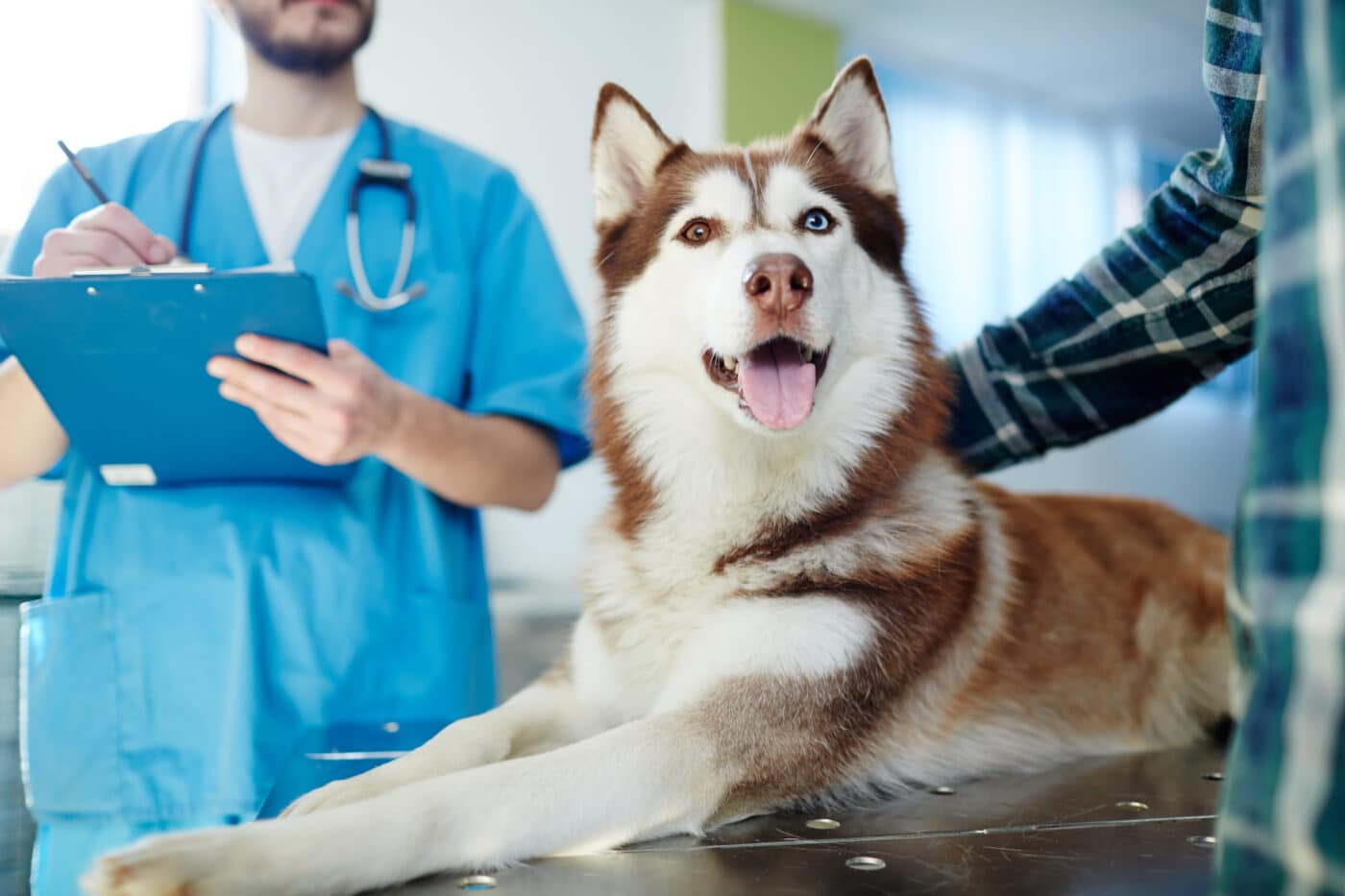 Shutterstock
Shutterstock
One of the best ways to determine the right portion for your dog is to consult your veterinarian. A vet can assess your dog’s age, breed, weight, and activity level to provide personalized recommendations. They may suggest specific feeding amounts based on your dog’s individual needs, including any special dietary requirements for health conditions like allergies or joint issues. Having a professional’s input gives you peace of mind that you’re feeding your dog appropriately and avoiding potential health risks associated with incorrect portions.
Use Your Dog’s Ideal Weight as a Guide
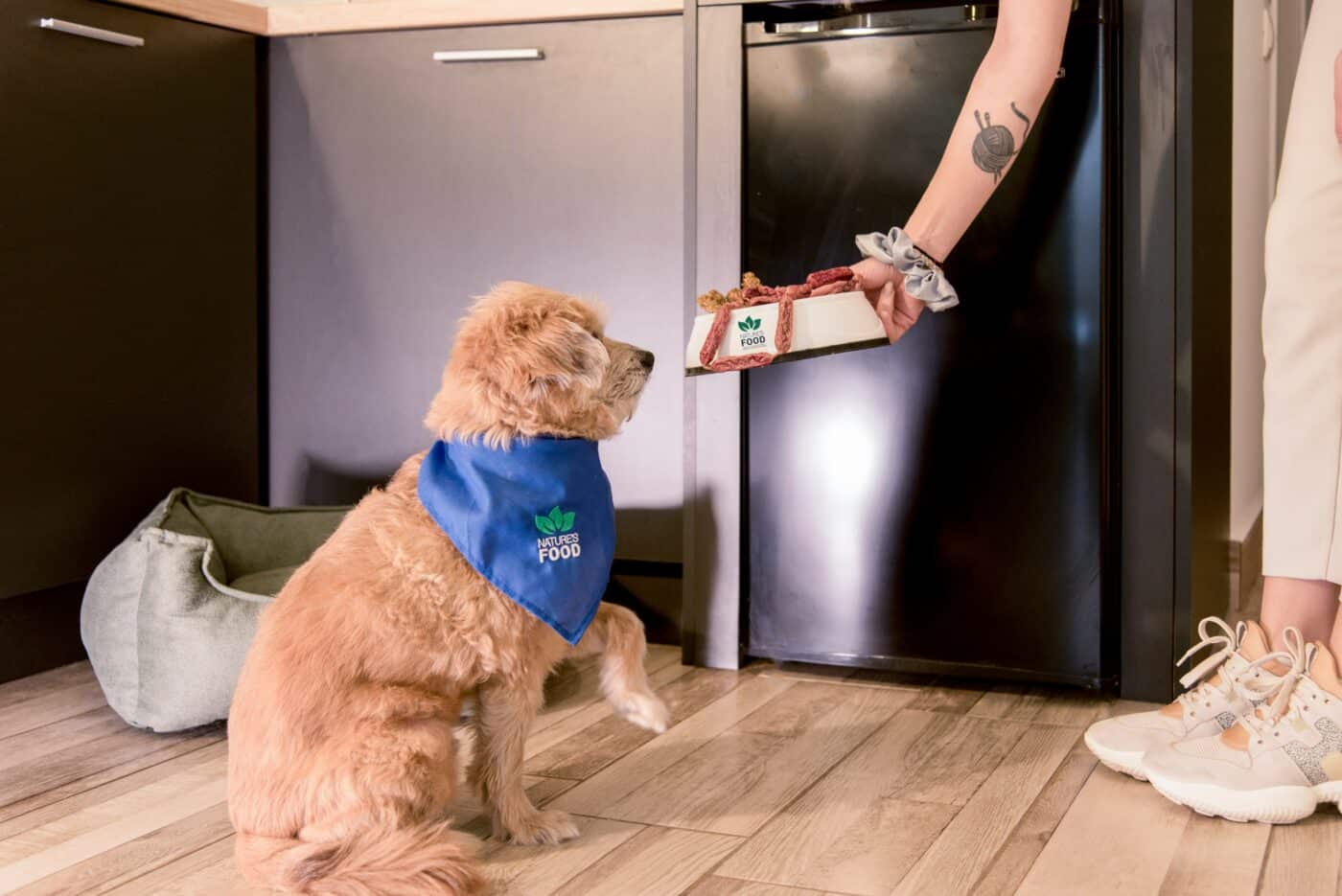 Shutterstock
Shutterstock
The amount of food your dog needs is often based on their ideal weight rather than their current weight. If your dog is overweight, feeding them based on their current weight might lead to overfeeding, while an underweight dog might need extra calories to reach a healthier weight. Knowing your dog’s ideal weight range for their breed and size can help you adjust portions to meet their specific needs. Many dog food brands have feeding guidelines based on weight, making it easier to match portions to your dog’s target weight.
Factor in Age and Activity Level
 Shutterstock
Shutterstock
Just like humans, a dog’s nutritional needs change with age and activity level. Puppies and young, active dogs need more calories and protein to fuel their growth and energy, while senior dogs may need fewer calories to prevent weight gain. If your dog is particularly active—such as participating in agility or herding— they’ll likely require more food to sustain their energy. On the other hand, if your dog leads a more relaxed lifestyle, you may need to adjust their portions to avoid overfeeding.
Be Mindful of Treats and Extra Snacks
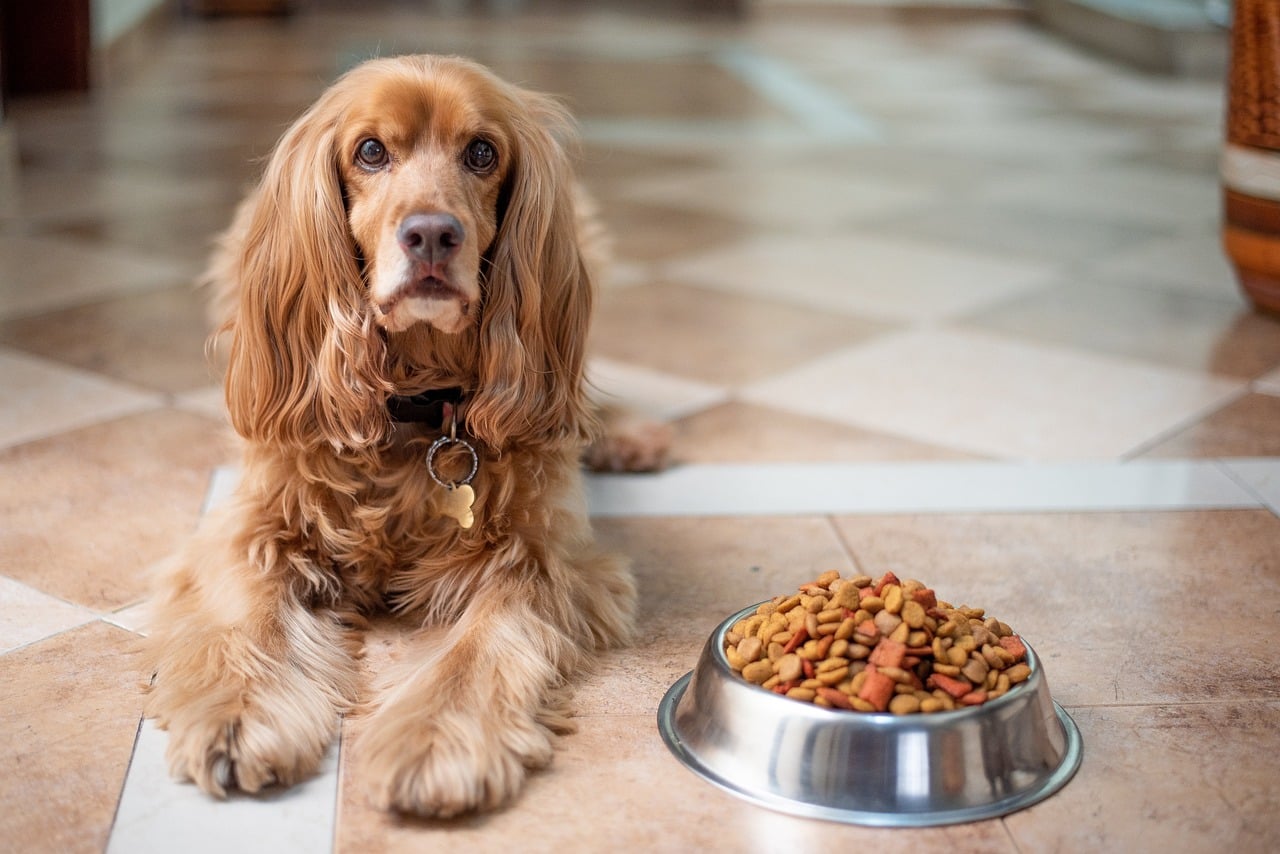 Shutterstock
Shutterstock
Treats and snacks can add up quickly, and they often go unnoticed when calculating a dog’s daily food intake. It’s easy to overlook that a few treats here and there can increase your dog’s calorie intake significantly. To prevent overfeeding, consider reducing the amount of regular food if you’ve given your dog extra treats throughout the day. You can also choose low-calorie treats or substitute treats with praise and attention, which can be just as rewarding for your dog. Remember, treats should only make up a small percentage of your dog’s daily intake to maintain a balanced diet.
Measure Portions Accurately
 Shutterstock
Shutterstock
Eyeballing food portions can easily lead to overfeeding or underfeeding. To ensure accuracy, use a measuring cup or scale to portion out your dog’s food. Many pet owners are surprised to learn they’re feeding their dogs more than they thought once they start measuring. Consistent measurements help you stay on track and prevent gradual weight gain or loss. Additionally, some dogs may thrive on smaller, more frequent meals, so measuring portions can help you split their daily intake into appropriate servings.
Monitor Your Dog’s Body Condition Regularly
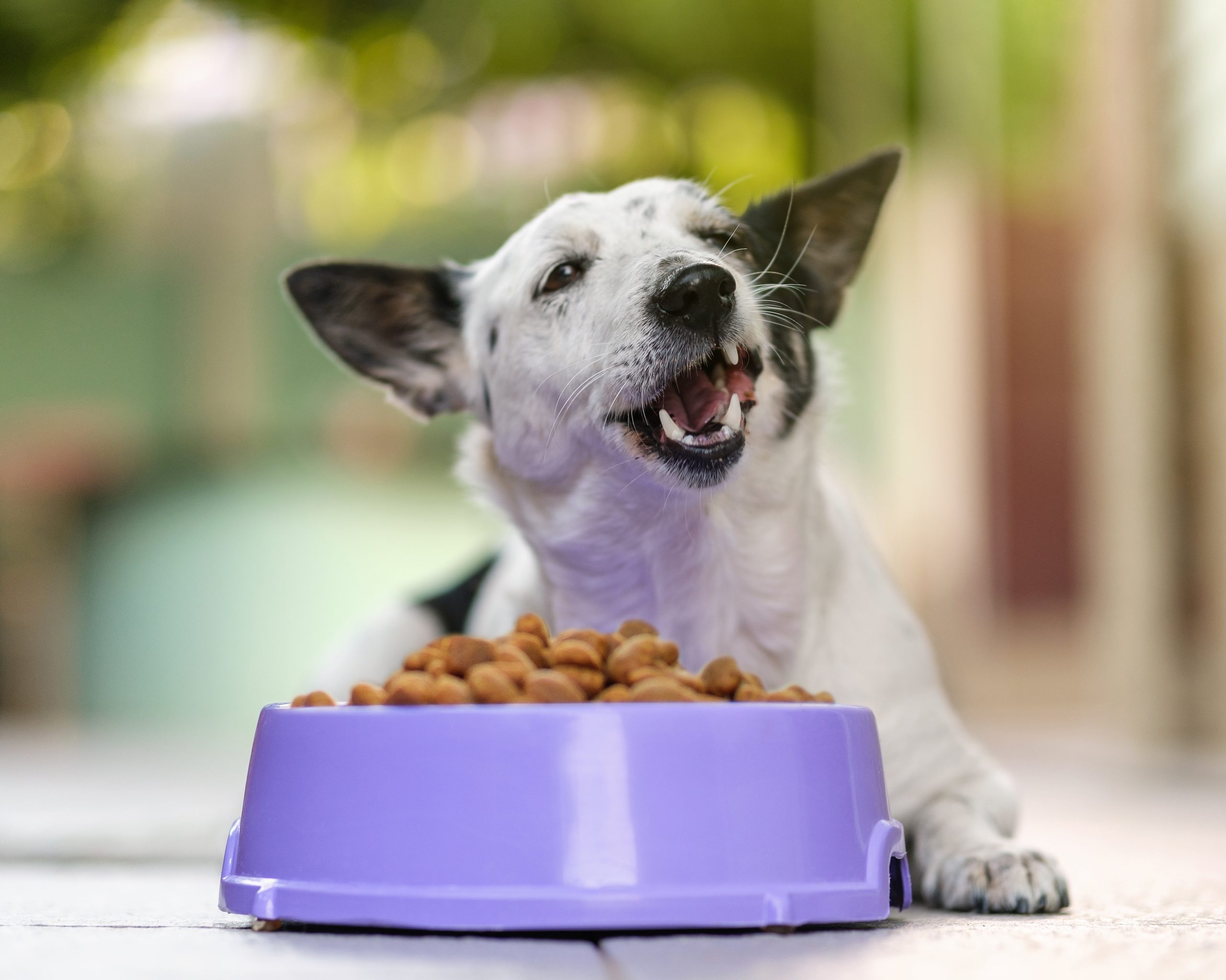 Shutterstock
Shutterstock
Keeping an eye on your dog’s body condition is a great way to ensure they’re receiving the right amount of food. You should be able to feel, but not see, your dog’s ribs, and they should have a defined waistline. If your dog is starting to look a little round, it may be time to reduce their portions slightly. Conversely, if they’re looking thin or lacking energy, they might need a bit more food. Regular monitoring and adjusting portions as needed will help keep your dog in ideal body condition.
Choose High-Quality Food
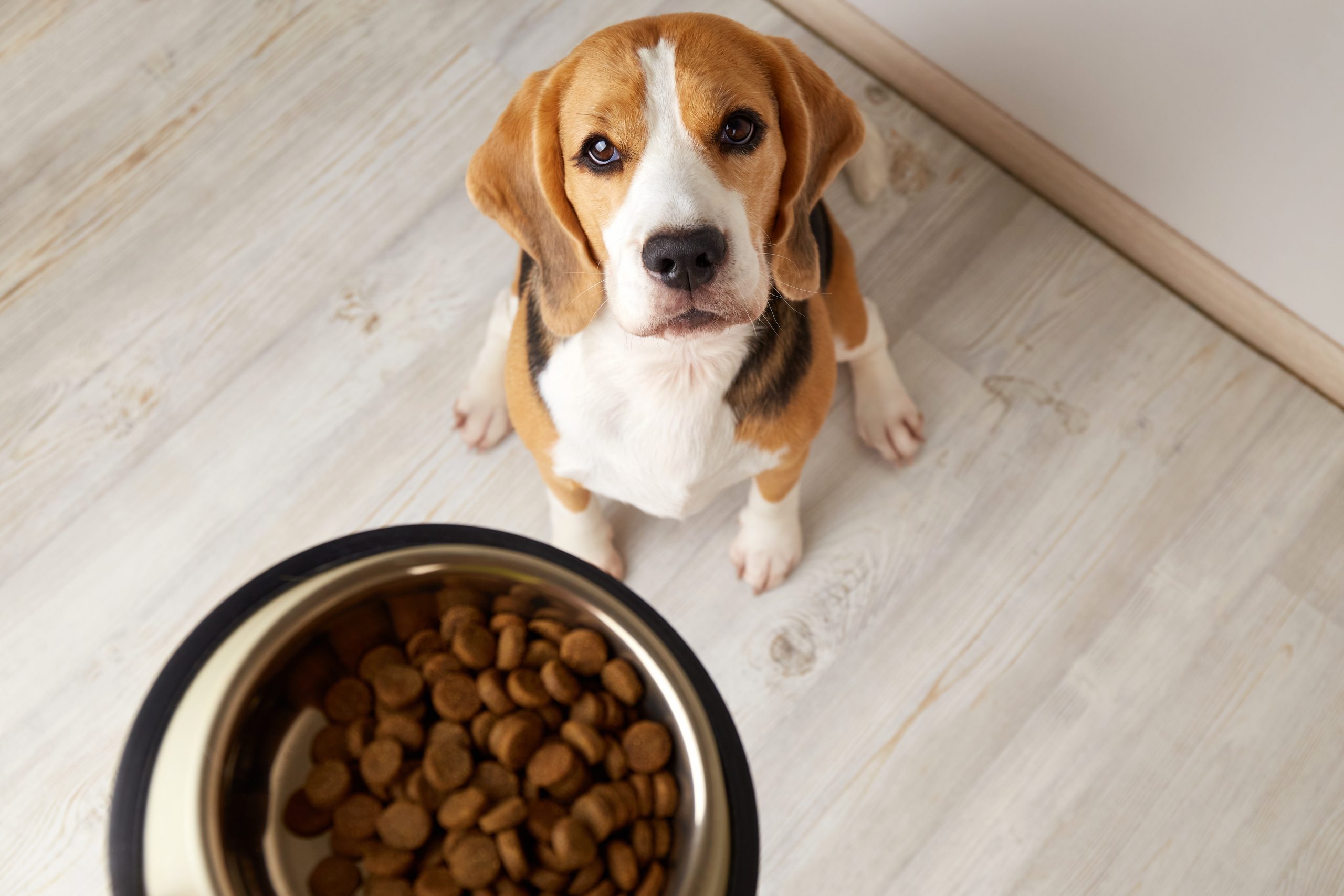 Shutterstock
Shutterstock
The quality of the food you feed your dog can impact how much they need to eat. High-quality dog foods are typically more nutrient-dense, meaning you may not need to feed as much compared to lower-quality options. Look for foods with real meat as the primary ingredient, as well as whole grains, fruits, and vegetables. Cheap fillers like corn and soy may bulk up food, but they don’t offer the same nutritional value. By choosing nutrient-rich food, you can provide your dog with the essentials they need in smaller portions, keeping them healthy and satisfied.
Stick to a Consistent Feeding Schedule
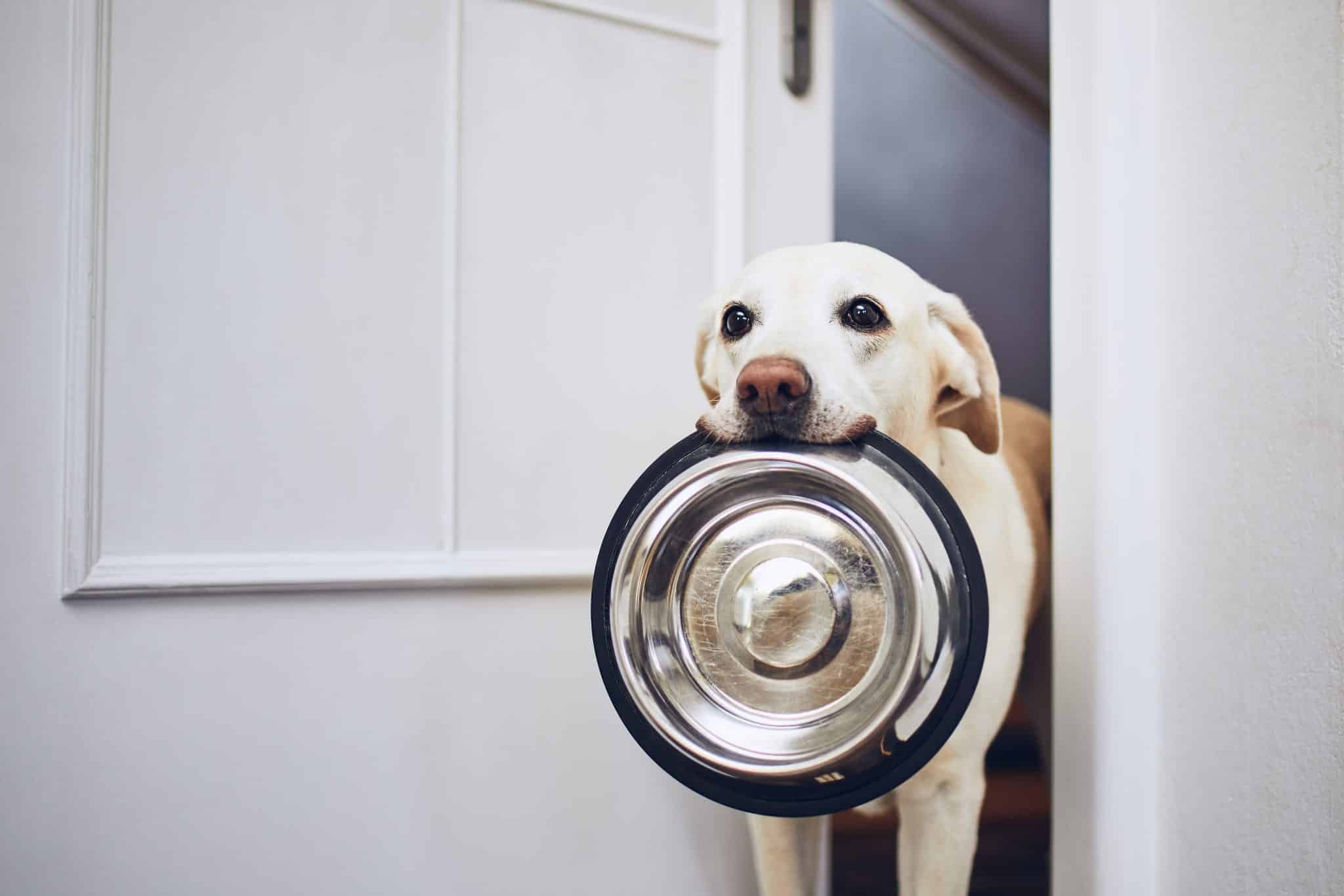 Shutterstock
Shutterstock
Dogs thrive on routine, and a regular feeding schedule helps maintain their digestion and metabolism. Most dogs do well with two meals a day, one in the morning and one in the evening. Feeding your dog at consistent times can help prevent overeating or begging for food outside of mealtimes. Consistency also allows you to monitor their appetite; if they’re not finishing their meals, it may indicate that something is wrong. By sticking to a schedule, you can ensure your dog’s body gets used to a healthy routine that aligns with their energy needs.
Adjust Portions as Your Dog Ages
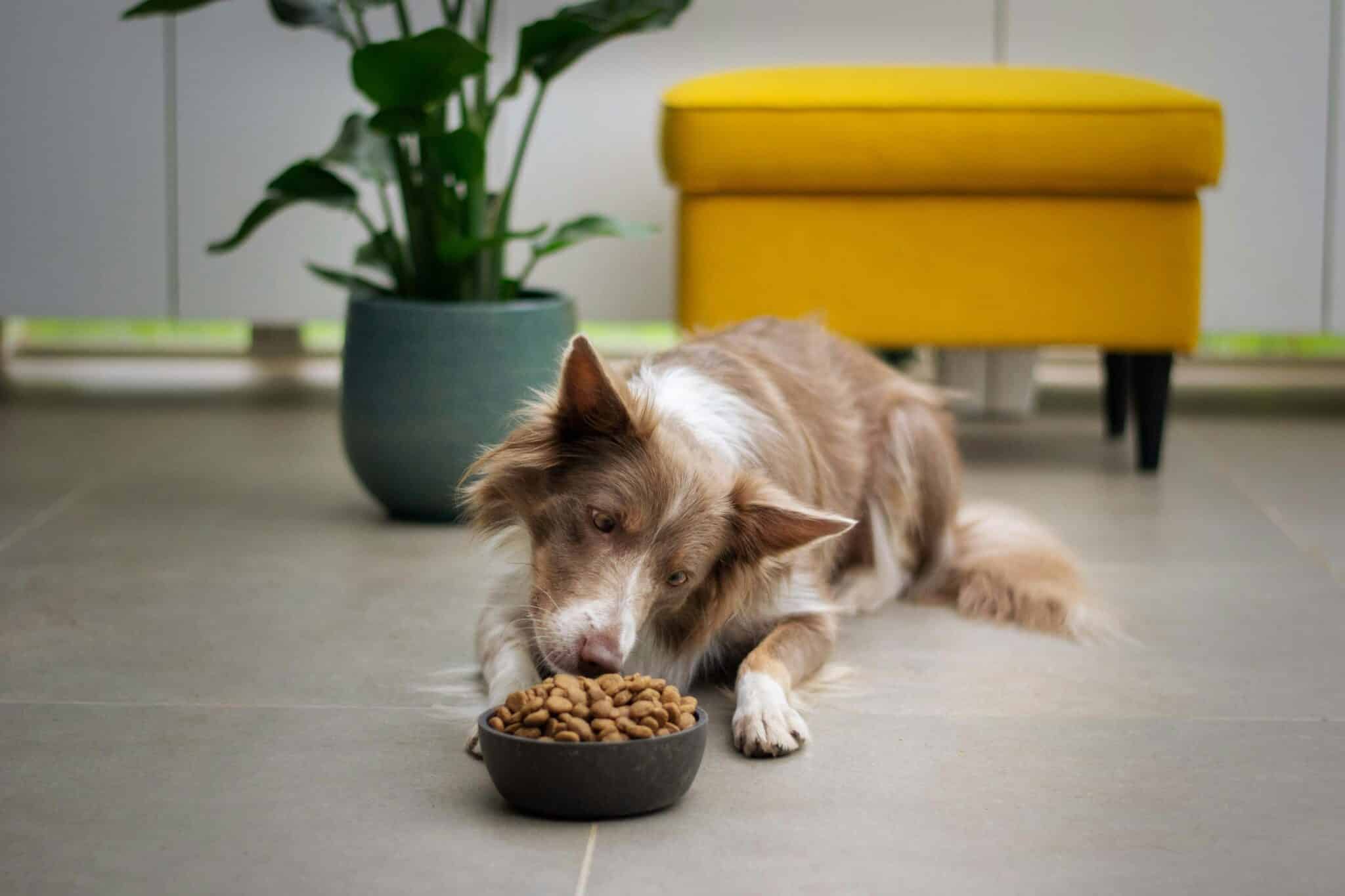 Shutterstock
Shutterstock
As dogs age, their metabolism slows down, and their activity level may decrease, requiring adjustments in their portion sizes. Senior dogs may need fewer calories to prevent weight gain, while certain health conditions may require specific dietary changes. Regular check-ups with your vet can help you assess any necessary adjustments to your dog’s portions. By modifying their diet over time, you can support your dog’s changing needs, helping them stay healthy and active throughout their life.
Keep It Balanced, Not Bountiful
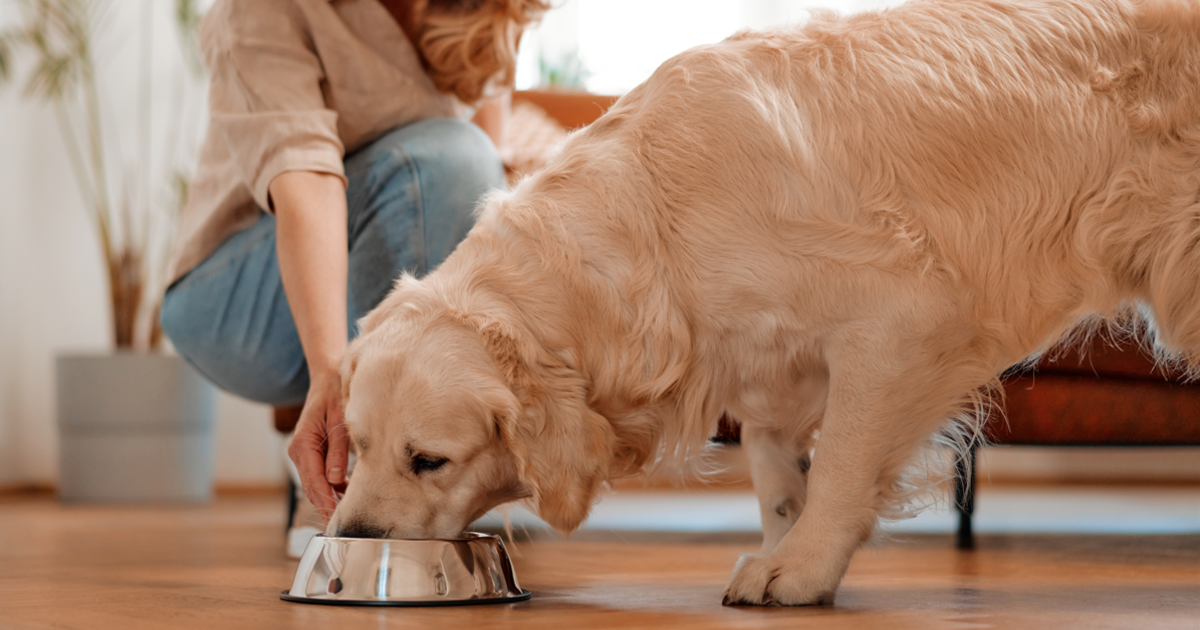 Shutterstock
Shutterstock
Determining the right portion size for your dog may feel like a science experiment, but these tips can help you master their mealtime needs. Ensuring a balanced diet and portion control keeps your pup healthy, energetic, and in top shape—without an overflowing bowl. Remember to measure portions carefully, monitor regularly, and make adjustments as needed, so you can watch them thrive with the right amount of food. After all, your dog deserves to feel as healthy and happy as they make you, every single day.

 2 days ago
5
2 days ago
5



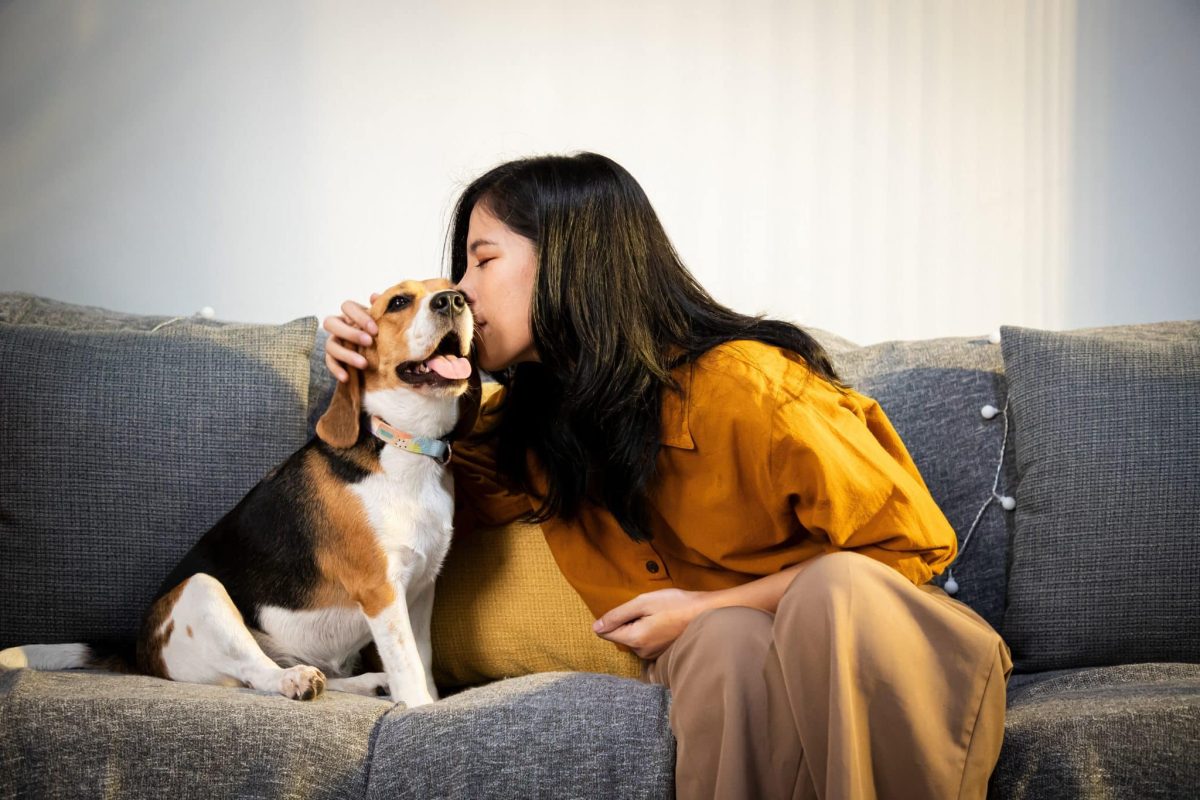


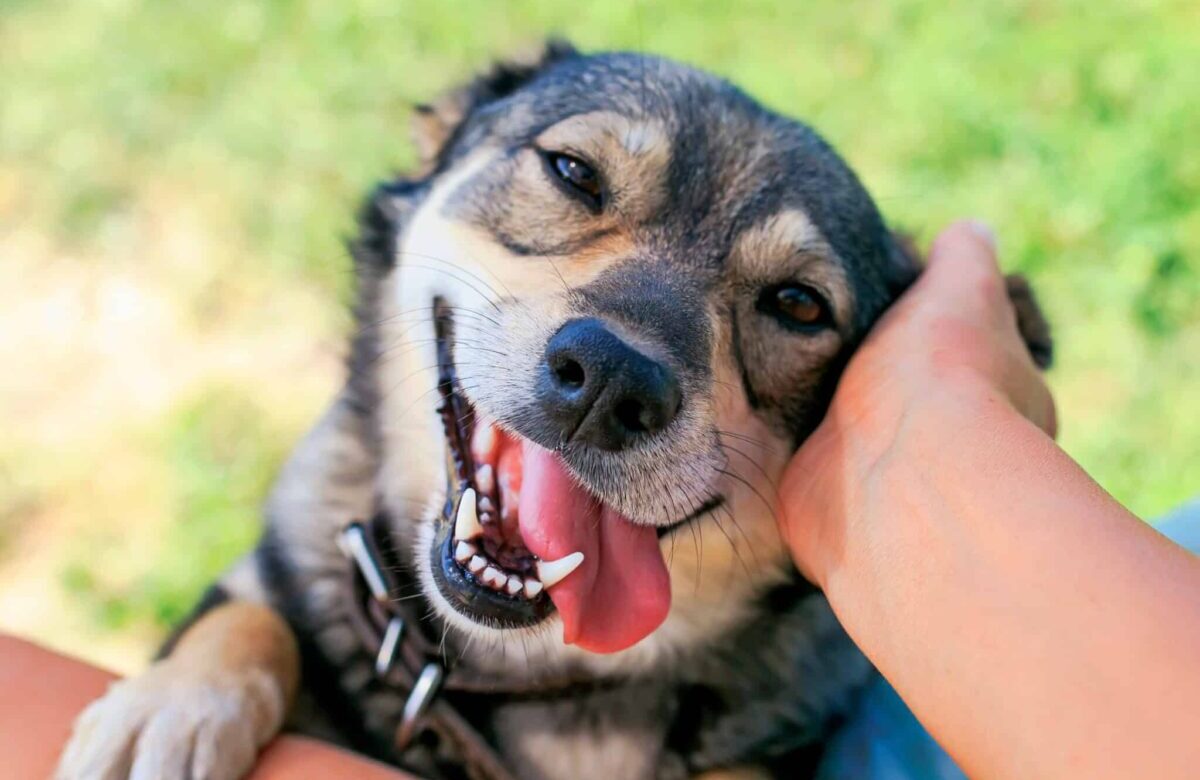




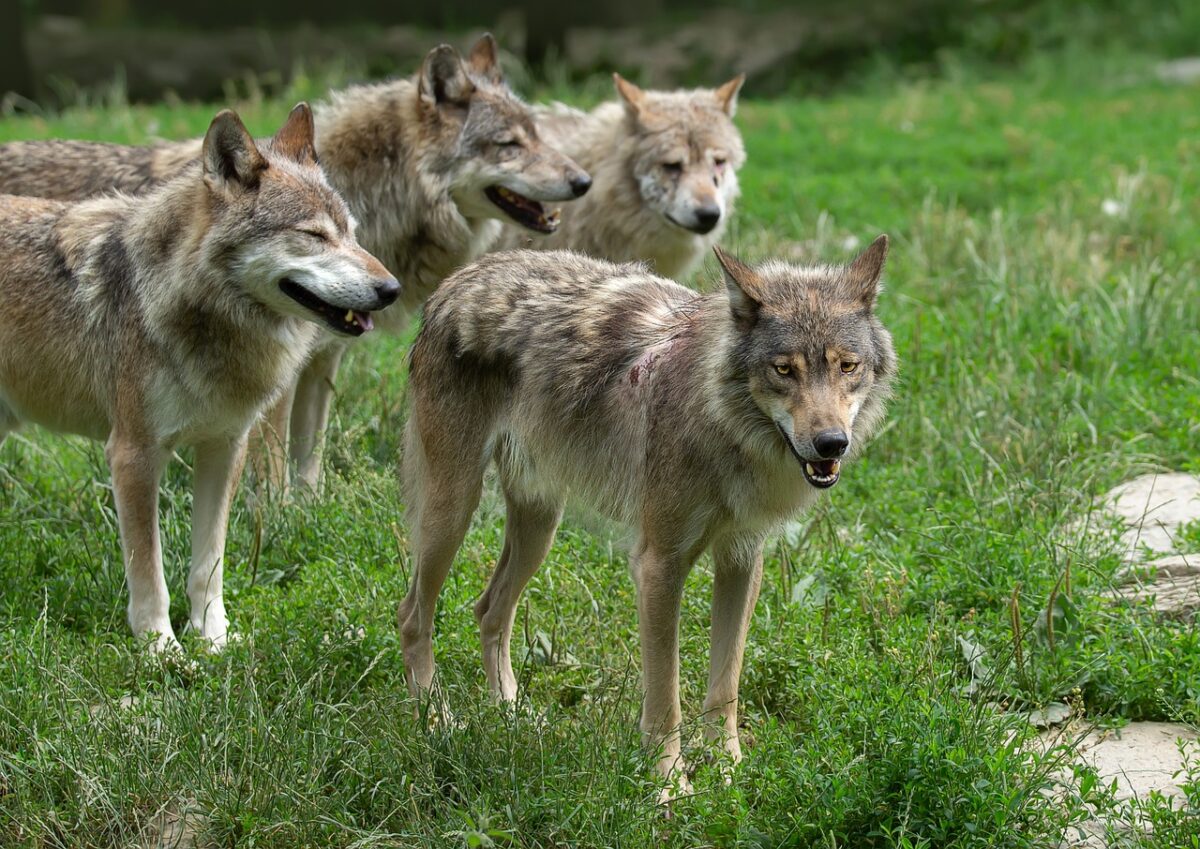
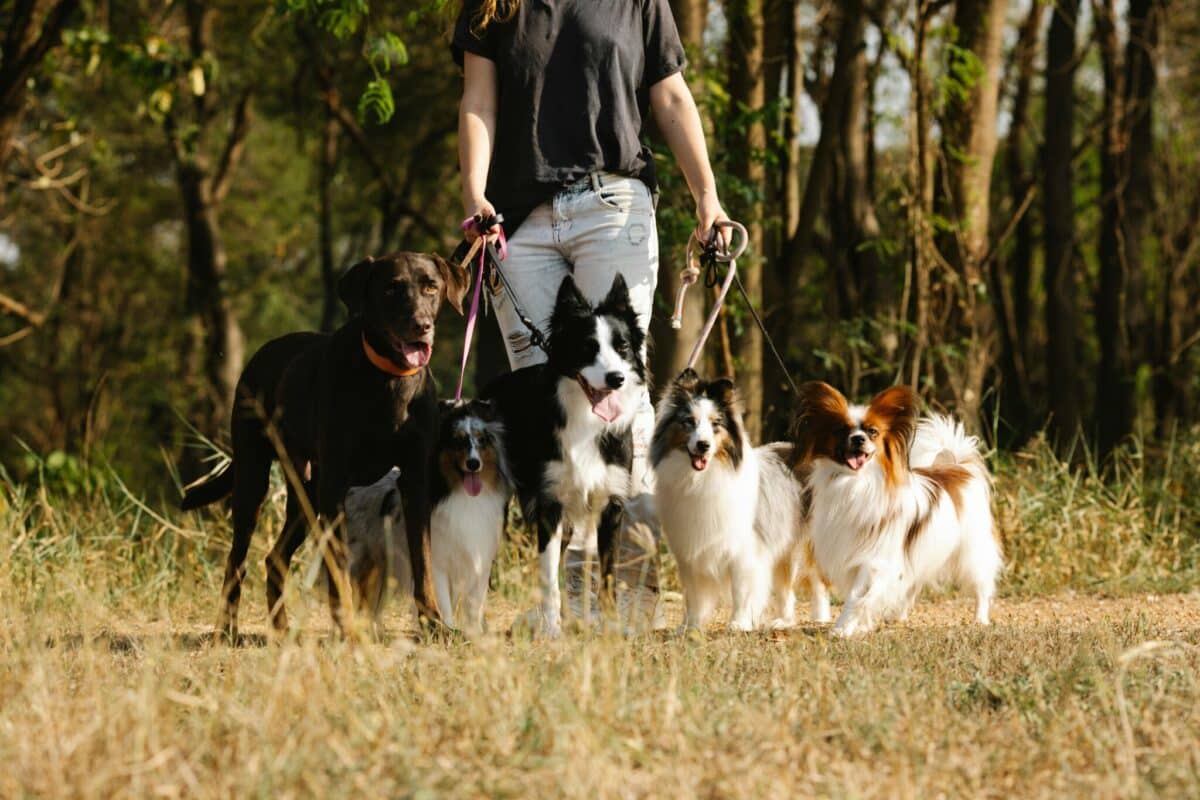



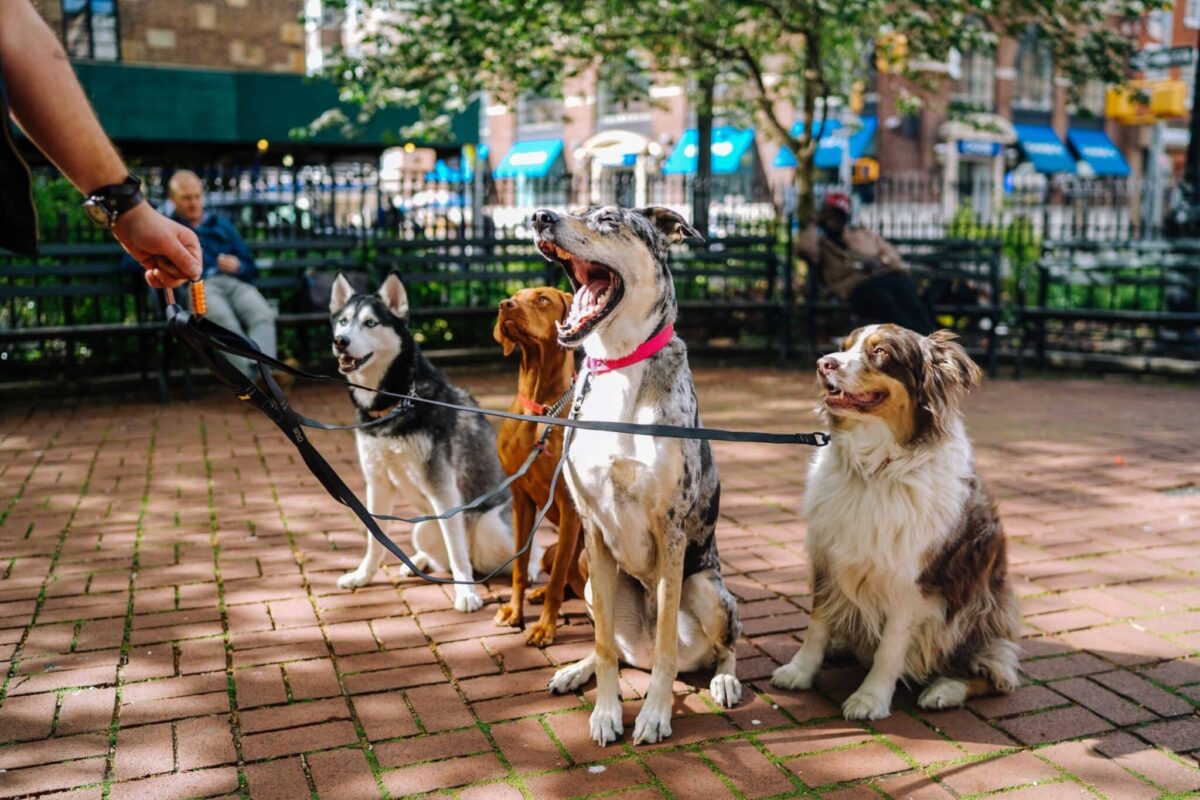

 English (US) ·
English (US) ·